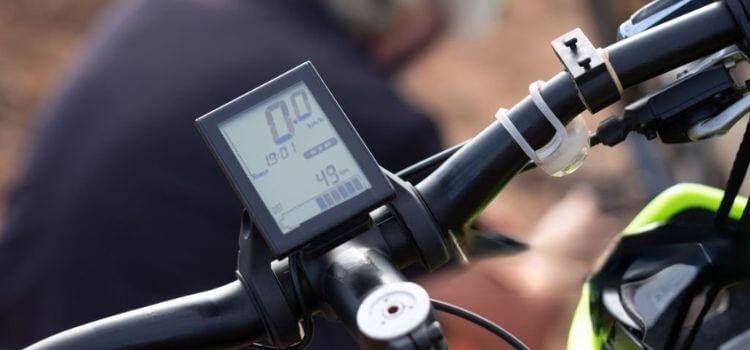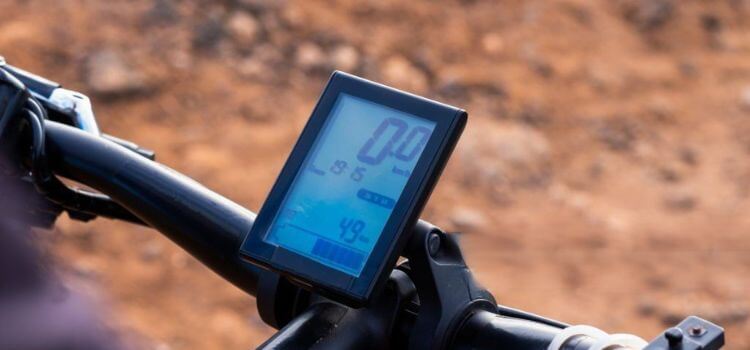As an Amazon Associate, I earn from qualifying purchases
Bike computers have become an essential tool for cyclists of all levels. Whether you’re a beginner or an experienced rider, understanding how to use a bike computer can enhance your cycling experience. In this comprehensive guide, we’ll explore the ins and outs of bike computers and provide detailed steps to use them effectively.
Understanding Bike Computers
A bike computer is a device that mounts onto the handlebars of a bicycle and provides real-time data about your ride. This can include speed, distance, time, cadence, heart rate, and more. Some advanced models also offer GPS navigation and connectivity features.

Getting Started with Your Bike Computer
Step 1: Mounting the Computer
– Begin by installing the computer on your handlebars. Ensure it is securely attached and positioned for easy viewing while riding.
Step 2: Setting Up the Computer
– After installing the computer, follow the specific instructions provided by the manufacturer to set it up. This may involve inputting initial settings such as wheel size and personal data like age and weight.
Navigating the Interface
Step 3: Understanding the Display
– Take the time to familiarize yourself with the different screens and data fields on the computer. Most devices have a primary display showing speed and distance and secondary screens for additional metrics.
Step 4: Using Functions and Features
– Experiment with the various functions such as start, stop, lap, and reset. Some bike computers also have additional features like interval training and virtual partner modes.
Utilizing Advanced Features
Step 5: GPS Navigation
– If your bike computer has GPS capabilities, learn how to navigate using the device. Familiarize yourself with the mapping interface and inputting destinations for rides.
Step 6: Connectivity
– Many modern bike computers can connect with smartphones and other devices. Explore pairing your computer with these devices to sync data and access additional features.

Frequently Asked Questions
1. What is the best way to calibrate a bike computer?
– Answer: Calibration varies by model, but it typically involves inputting the wheel size and, in some cases, conducting a calibration ride to ensure accuracy.
2. Can I use a bike computer for indoor training?
– Answer: Some bike computers have indoor training modes to track workouts on stationary trainers or indoor cycling bikes.
3. Are bike computers waterproof?
– Answer: Most bike computers are designed to be weather-resistant, but it’s essential to check the specific waterproof rating of your device.
4. How do I reset my bike computer?
– Answer: Typically, there is a reset option in the settings menu of the bike computer. Refer to the user manual for exact instructions.
5. Can the data be customized on the bike computer screen?
– Answer: Many bike computers allow users to customize the data fields on the display to show preferred metrics.
Conclusion
Mastering a bike computer can significantly enhance your cycling experience by providing valuable insights into your rides and training. Understanding its features, navigating its interface, and utilizing advanced functions can offer a wealth of information to help you reach your cycling goals.
Remember to refer to the specific user manual for your bike computer for detailed instructions on setup and operation. Happy cycling!
As an Amazon Associate, I earn from qualifying purchases
